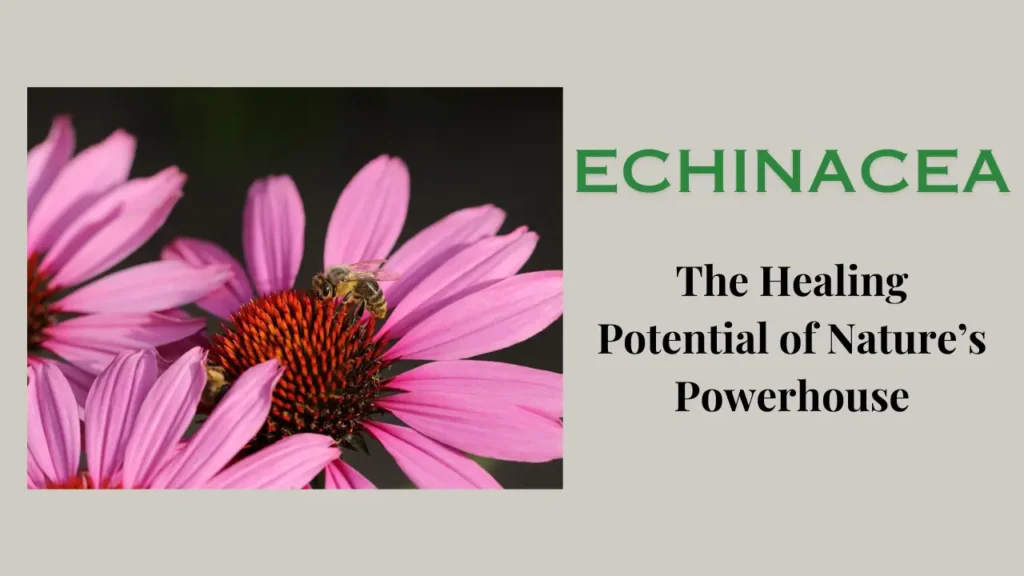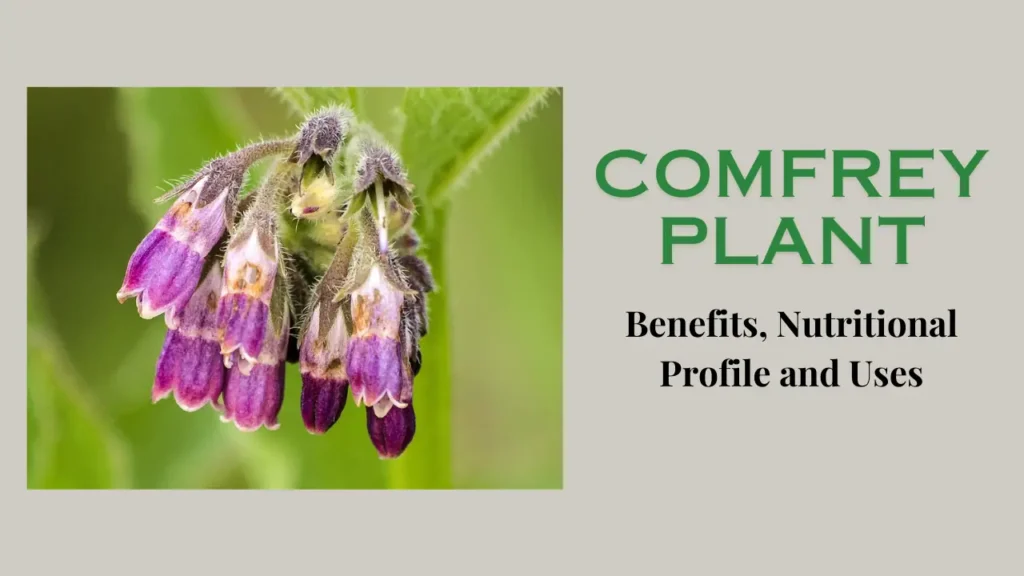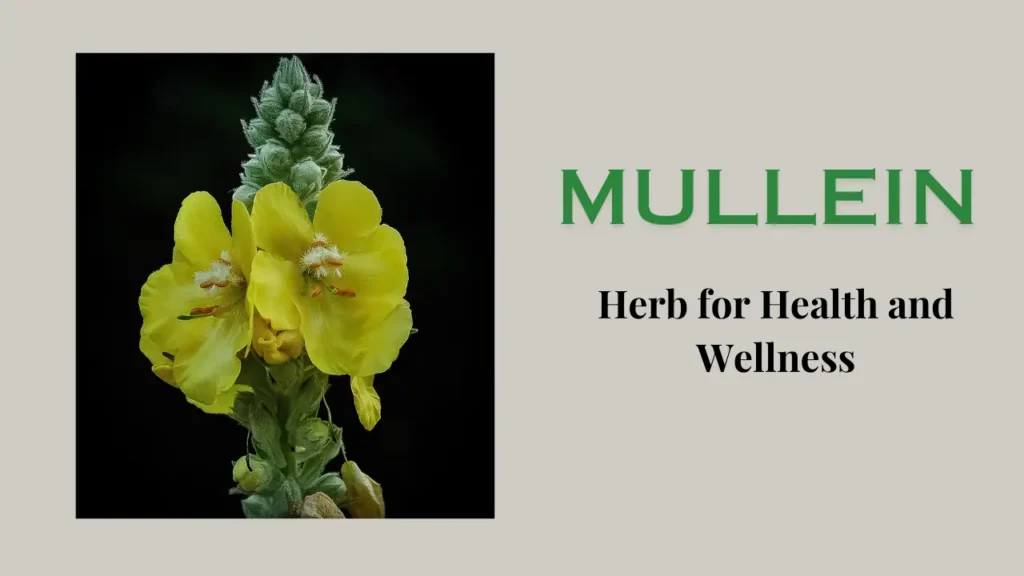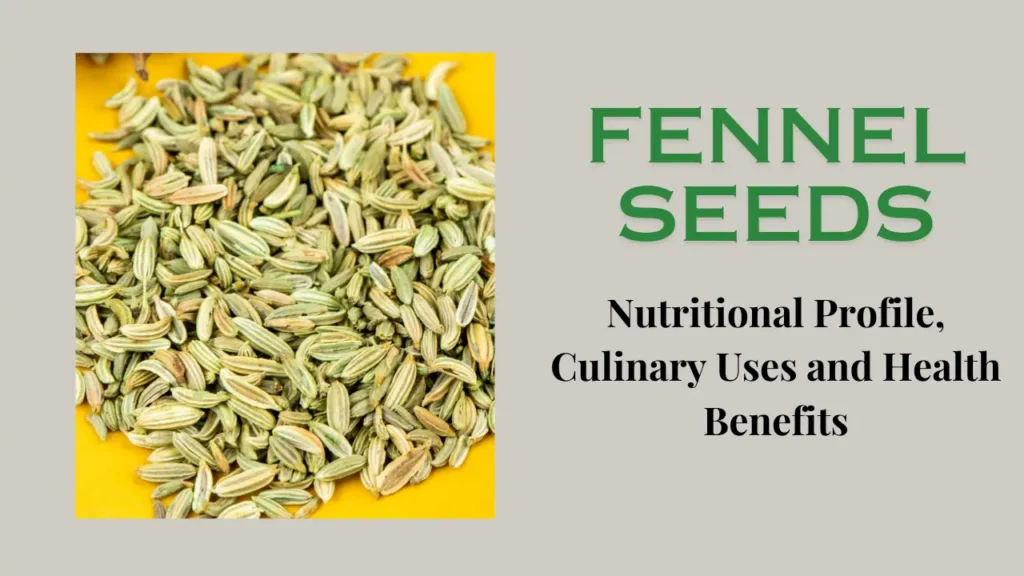The Malva plant is a beautiful flowering plant, commonly found in gardens and wild areas. It typically grows 1 to 2 meters tall and has rounded or lobed leaves, green and soft. Its large flowers can be pink, purple, white, or blue, making it a striking sight. It is easy to care for and grows well with little water.
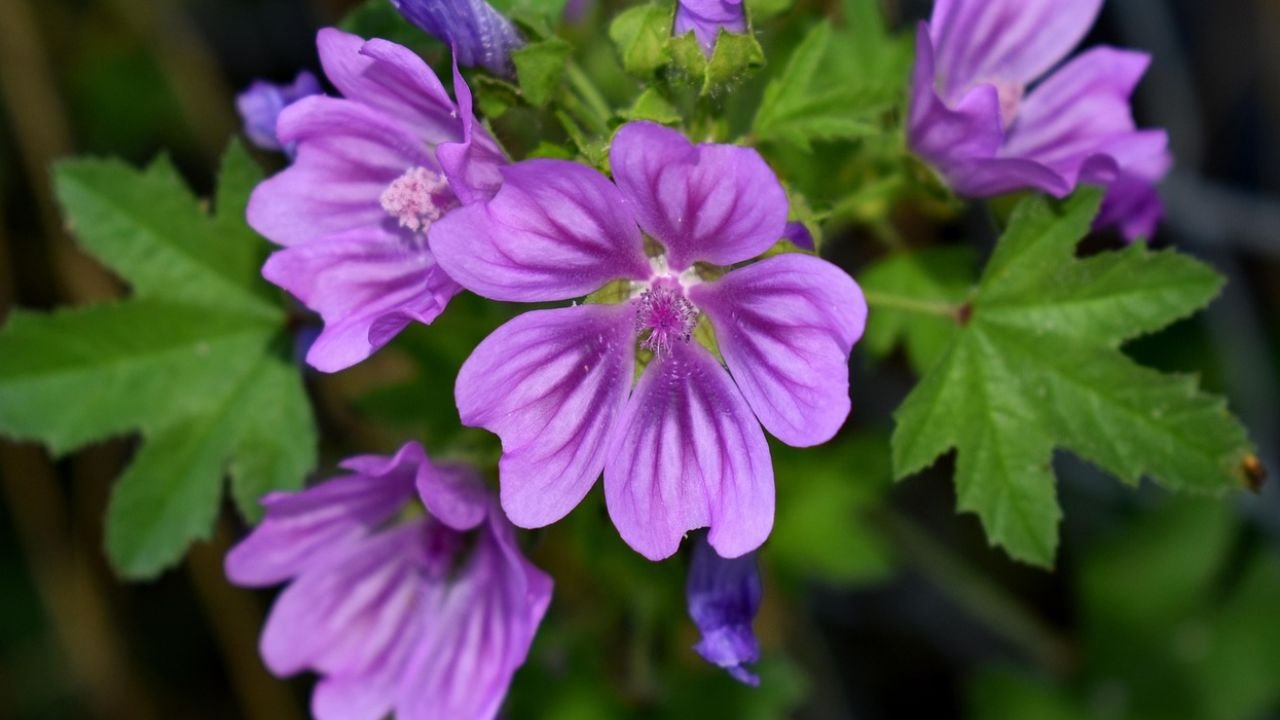
Scientific Name: Malva
Some Basic Information about Malva Plant
Habit: Perennial/biennial/annual herb, 30–120 cm tall, bushy
Root: Tap root, branched
Stem: Erect or spreading, herbaceous, branched, hairy
Leaf: Alternate, petiolate, stipulate, round to palmately lobed, toothed or wavy margin
Inflorescence: Axillary clusters (racemes) or solitary axillary
Flower: Bracteate, complete, actinomorphic, bisexual, hypogynous, pink/purple with dark veins
Calyx: Sepals 5, gamosepalous, valvate aestivation, sometimes with epicalyx
Corolla: Petals 5, free, notched at apex, twisted aestivation
Androecium: Stamens numerous, monadelphous (fused as tube), anthers reniform
Gynoecium: Ovary superior, multicarpellary, axile placentation, styles as many as carpels
Fruit: Schizocarp (spilt into nutlets called mericarps)
Floral formula: Br ⊕ ⚥ K(5) C5 A∞ G(5–∞)
Systematic Position:
Division – Angiospermae
Class – Dicotyledonae
Order – Malvales
Family – Malvaceae
Genus – Malva
Species – varies (e.g., sylvestris)



